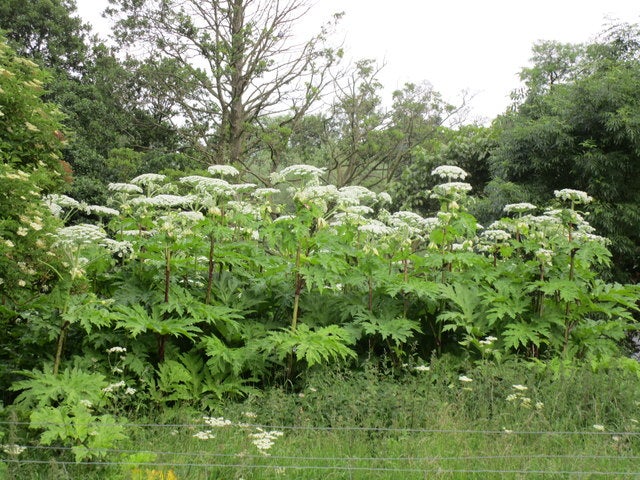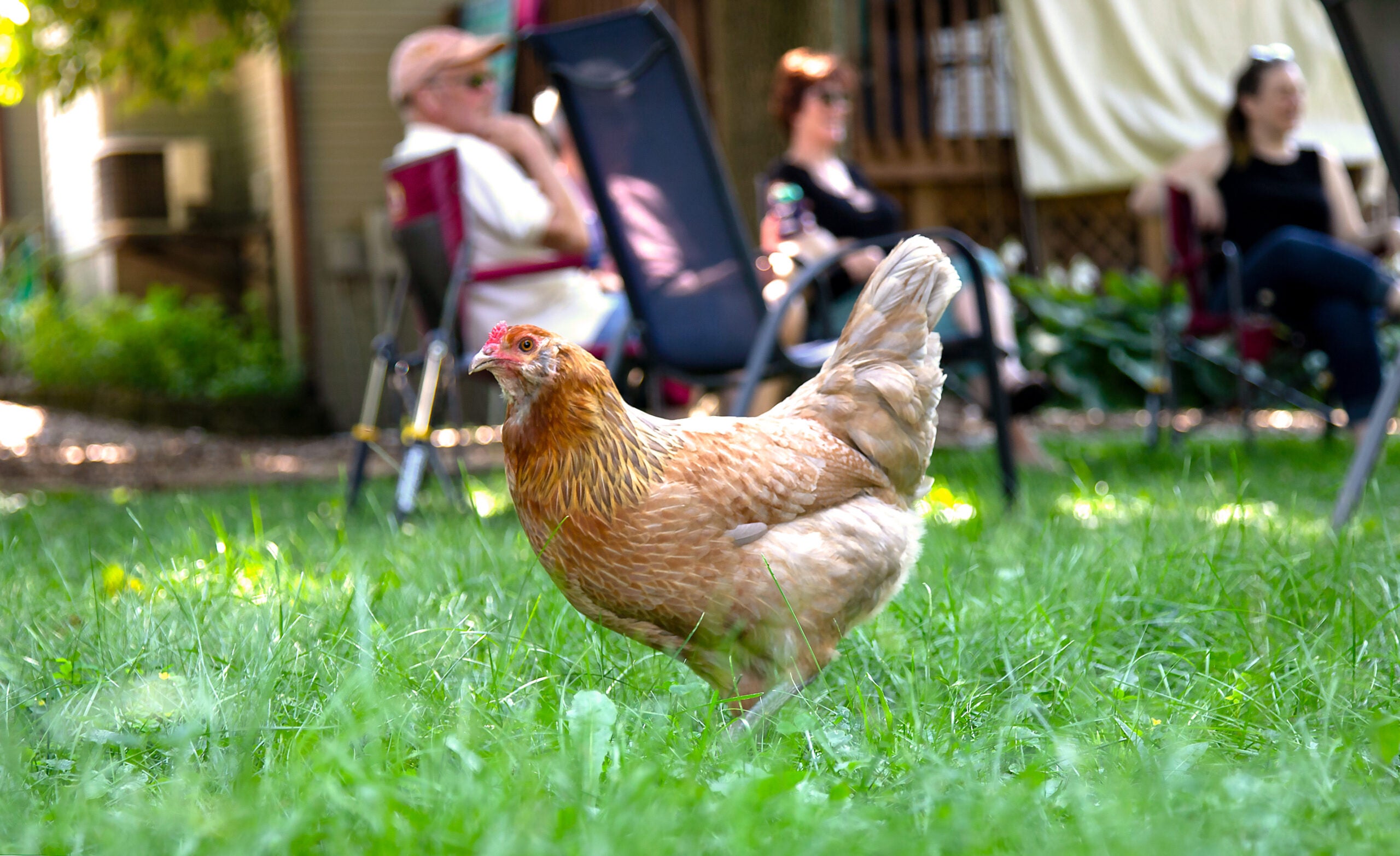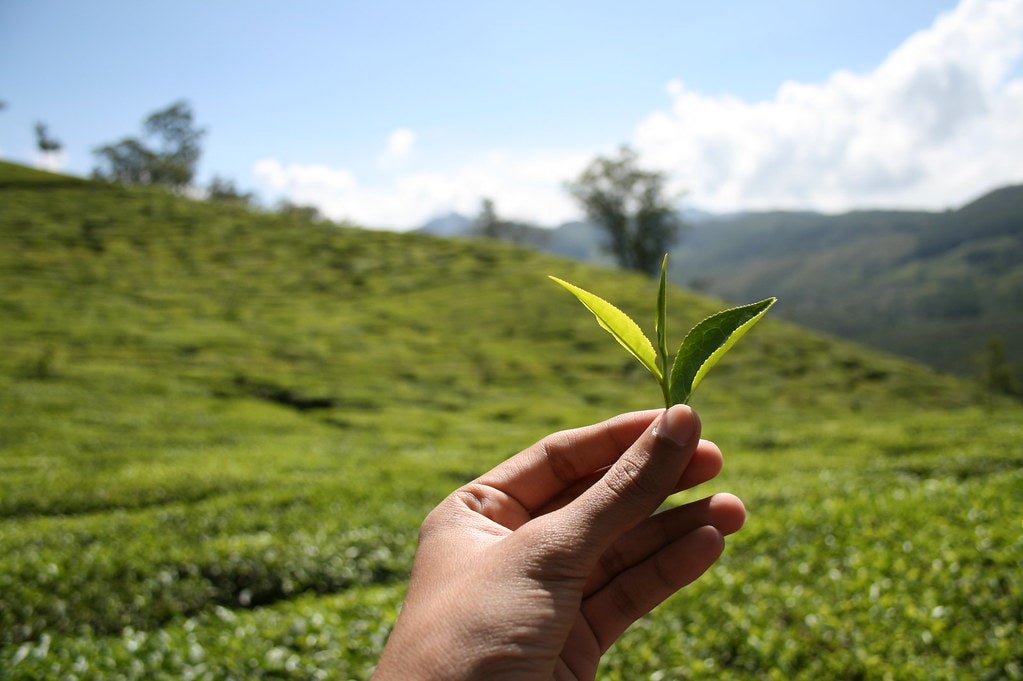Invasive plants can be a big problem and fall is a good time to combat their spread. The Invasive Plant Coordinator for the Bureau of Natural Heritage Conservation Program is with us with tips for getting rid of invasives. She also answers your questions on these non-native plants.
Featured in this Show
-
Invasive Giant Hogweed Plant Can Be Harmful To Humans
A huge invasive plant is making its presence known in Wisconsin, and it’s probably best if you don’t touch it.
Giant hogweed, also known as giant cow parsley or cartwheel-flower, has occasionally been seen across the state in the last decade or so, and was discovered in Sheboygan County earlier this year. It’s the first time the plant has been confirmed in southeastern Wisconsin.
“Giant hogweed is a plant that was brought over from Asia, probably intentionally, because it’s a very big, showy plant,” said Kelly Kearns, invasive plant coordinator with the Wisconsin Department of Natural Resources.
The plant often grows to be 12 to 15 feet tall, and is topped with large, umbrella-shaped flower clusters, Kearns said. In addition, the plant’s leaves can often grow to be 2 to 5 feet wide.
“So it’s a very large, robust, showy plant, and it spreads abundantly once you allow it to go to seed,” she said.
That’s a problem, because the plant can do some serious harm to humans.
“It’s a federal noxious weed, in part because it actually burns your skin,” Kearns said. “So if you get the sap on the plant on your skin, and there’s any sunlight out at all, even on a cloudy day, then you get really badly burned from it.”
In addition, the plant’s fast growth rates means it often crowds out native vegetation.
The DNR has observed a handful of giant hogweed populations around the state, including cases in Iron, Manitowoc and Portage counties, Kearns said. She said many of the populations were likely intentionally planted at one time.
However, there is good news. Kearns said controlling the plants can be done, even if sometimes it takes a few years.
“Because it’s a plant that only goes to flower once and then dies, it’s relatively easy to control compared to things that are true perennials,” she said. “So the goal is to not ever allow it to go to seed.”
Once the plant flowers, Kearns said it’s relatively easy to remove the flower heads, but she noted the plant can take up to six years to flower.
“You can also treat the rosettes too, the younger plants, either by cutting them out or treating them with an herbicide,” she said.
Episode Credits
- Larry Meiller Host
- Jill Nadeau Producer
- Kelly Kearns Guest
Wisconsin Public Radio, © Copyright 2025, Board of Regents of the University of Wisconsin System and Wisconsin Educational Communications Board.


